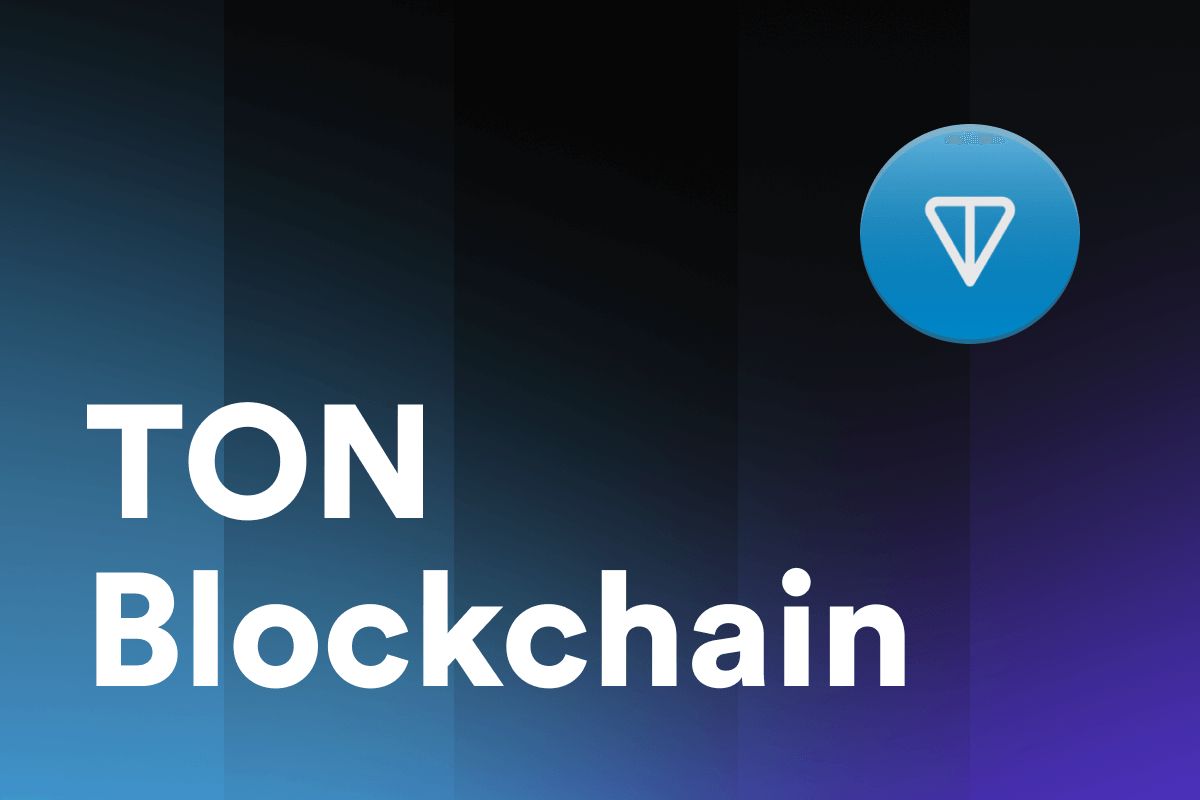Real Yield in DeFi: A Complete Guide for Crypto Investors
In the fast-evolving world of decentralized finance (DeFi), one term has gained traction among savvy investors and developers alike — Real Yield. As the DeFi ecosystem matures beyond speculative farming and inflationary rewards, the concept of Real Yield is emerging as a more sustainable, investor-friendly model.
This article dives deep into what Real Yield means in DeFi, how it works, how it compares to traditional DeFi incentives, its benefits, challenges, and how investors can find promising Real Yield protocols.
What is Real Yield in DeFi?
Real Yield refers to rewards or returns generated from actual revenue-producing activities of a DeFi protocol — not just from token emissions or inflation. These yields are distributed to users in blue-chip cryptocurrencies like ETH, USDC, or stablecoins instead of a platform’s native token.
In simple terms:
Real Yield = Revenue-based rewards given to users in valuable, non-inflationary tokens.
Unlike traditional DeFi models that rely heavily on unsustainable token printing, Real Yield protocols earn income from fees (e.g., trading, lending, staking) and share a portion of this real revenue with their users.
How Real Yield Works
Let’s break down the general workflow of a Real Yield DeFi platform:
- Revenue Generation: The protocol earns income through actual activities:
- Trading fees (e.g., DEX like GMX)
- Borrowing/lending interest (e.g., Aave, Morpho)
- Liquidation fees
- Option premiums or vault management fees
- Revenue Distribution: A percentage of the revenue is redistributed to stakeholders such as:
- Stakers
- Liquidity providers (LPs)
- Governance token holders
- Payout Currency: Instead of printing more of the native token, rewards are paid in:
- ETH
- Stablecoins (USDC, USDT, DAI)
- BTC (in some BTC-native protocols)
Why Real Yield Matters
✅ Sustainability
Real Yield creates long-term, revenue-backed returns rather than unsustainable APYs funded by token inflation.
✅ Investor Confidence
Protocols that offer Real Yield show clear monetization and value delivery, increasing investor trust.
✅ Token Value Support
Less inflation means better price stability and token value retention over time.
✅ Clearer Valuation Metrics
Real revenue and profit-sharing make it easier to value projects using traditional financial metrics like P/E ratios.
Examples of Real Yield Projects
Several DeFi protocols have adopted Real Yield models. Here are a few notable ones:
1. GMX
- A decentralized perpetual exchange.
- Earns real trading fees.
- Rewards GLP and GMX stakers with ETH and esGMX (escrowed token).
2. Gains Network
- Synthetic trading platform on Arbitrum and Polygon.
- Offers real fee-based yield to token stakers.
3. Velodrome (Optimism)
- DEX that shares real trading revenue with veVELO lockers.
4. Convex Finance
- Allows users to earn real yield by optimizing Curve staking strategies.
5. Redacted Cartel
- Generates yield from revenue through treasury strategies and bribes.
These protocols typically pay in ETH, stablecoins, or locked versions of their own tokens backed by revenue.
Real Yield vs. Inflationary Yield
| Feature | Real Yield | Inflationary Yield |
|---|---|---|
| Source of rewards | Real protocol revenue | Token emissions |
| Reward token | ETH, stablecoins, BTC | Native platform token |
| Sustainability | High (revenue-backed) | Low (unsustainable over time) |
| User dilution | Minimal | High, due to inflation |
| Examples | GMX, Gains Network, Convex | SushiSwap (early model), PancakeSwap |
Benefits of Real Yield for Investors
- Passive Income in Stable Assets
Earn ETH or USDC regularly without worrying about price dumps. - Reduced Sell Pressure
Since there’s less token emission, the project faces less downward pressure from constant selling. - Attractive During Bear Markets
Real yield projects tend to survive bear markets better as they rely on actual usage, not hype. - Compoundable Returns
Real rewards can be reinvested in other protocols or compounded over time.
Risks and Challenges
While Real Yield is a step forward, it is not risk-free. Key risks include:
❌ Revenue Volatility
- If protocol usage drops, revenue and yield also decrease.
❌ Centralized Revenue Sources
- Some Real Yield models rely on external centralized activities or partners.
❌ Regulatory Uncertainty
- Sharing revenue could be classified as offering securities, inviting regulatory scrutiny.
❌ Liquidity and Tokenomics Design
- Without inflation incentives, protocols must carefully balance user acquisition and retention.
How to Evaluate Real Yield Projects
Here’s what to look for when researching Real Yield opportunities:
✅ Revenue Transparency
- Is the revenue data publicly available and verifiable on-chain?
✅ Payout History
- How often are rewards paid? In what form?
✅ Yield Sustainability
- Does the project generate consistent, long-term income sources?
✅ Security and Audits
- Are smart contracts audited and verified?
✅ Community and Governance
- Active communities and decentralized decision-making are green flags.
Tools to Track Real Yield
- DeFi Llama – Revenue
- Token Terminal
- Dune Analytics Dashboards
- Protocol-specific analytics pages
These tools show real-time data on revenue, fees, and protocol profitability.
Future of Real Yield in DeFi
Real Yield is part of a larger DeFi trend toward maturity and sustainability. As users and investors become more educated, projects are moving away from short-term farming incentives and building business models that resemble traditional finance — with transparency and accountability.
We can expect future innovations like:
- Revenue-backed bonds
- Real-yield DAOs
- Fee-generating NFTs
- More non-inflationary reward mechanisms
Conclusion
Real Yield is revolutionizing how value is distributed in DeFi. By focusing on actual usage and revenue, these protocols offer a healthier, more robust ecosystem for both developers and investors. While it’s not a silver bullet, Real Yield significantly reduces reliance on inflation and hype, bringing DeFi closer to mainstream, long-term financial applications.
If you’re a crypto investor seeking passive income with less risk, Real Yield projects are worth exploring — just be sure to DYOR (do your own research).




